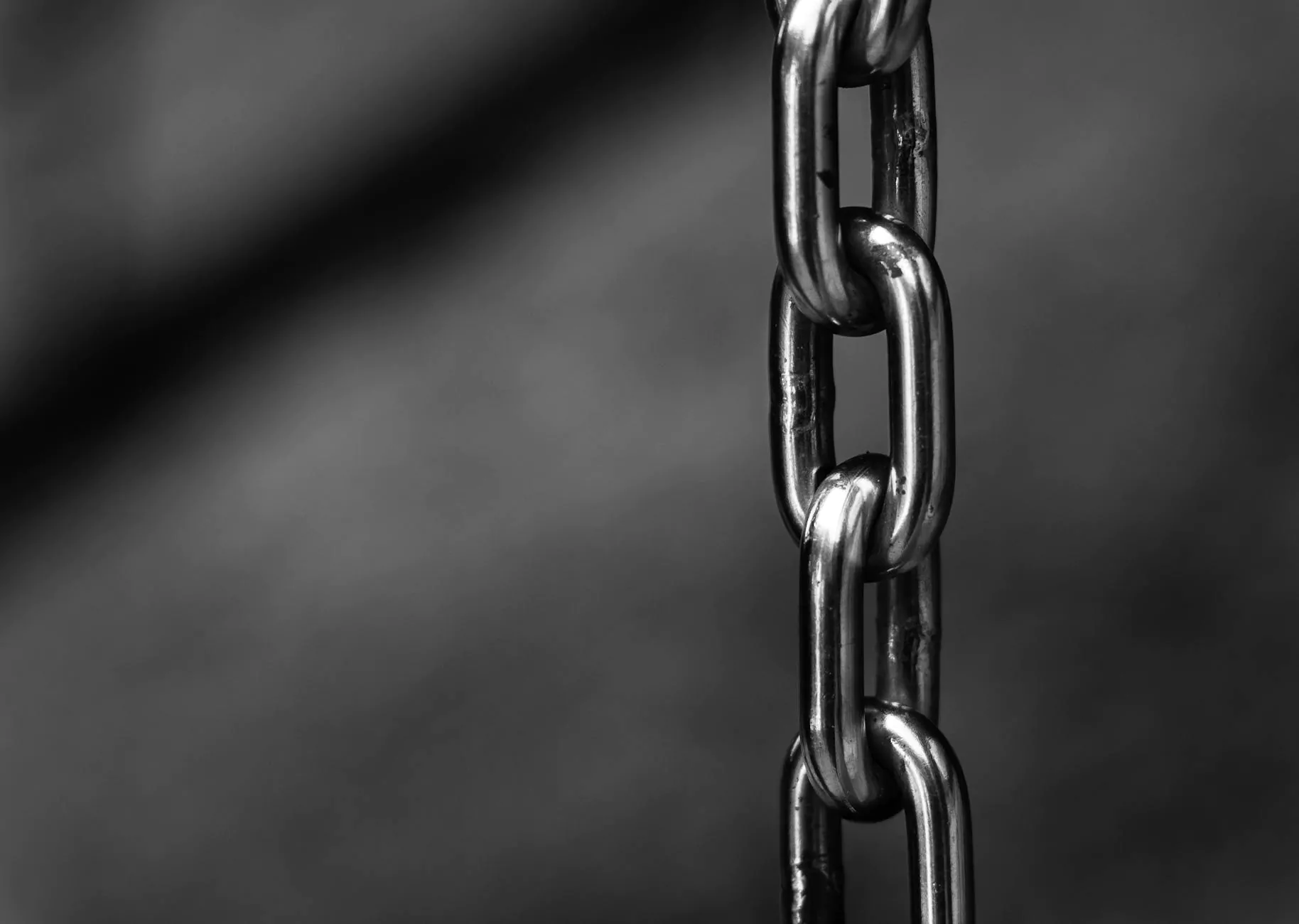The Ultimate Guide to Tube Connection Types

In the world of fluid dynamics and pneumatic systems, tube connection types serve as the backbone of efficient and reliable operations. Whether you're looking to install new systems or maintain existing ones, understanding the different types of connections is essential. This guide will delve into various categories such as Tube Fittings, Ferrule Fittings, Forged Pipe Fittings, Threaded Pipe Fittings, Flanges, and various types of valves.
1. Understanding Tube Fittings
Tube fittings are crucial components in a variety of piping and tubing applications. They provide leak-proof connections and maintain the integrity of fluids or gases during transport. The primary types of tube fittings include:
- Compression Fittings
- Flare Fittings
- Push-to-Connect Fittings
- Barbed Fittings
Compression fittings are particularly popular due to their ease of use and reliability. They work by compressing a ferrule against the tube, making a tight seal.
1.1 Compression Fittings
These fittings are designed to enable a connection between two tubes. They allow for easy disassembly if needed, making maintenance straightforward. Here are the main components of a compression fitting:
- The body: This is the main part of the fitting.
- The nut: It holds the assembly together.
- The ferrule: This part creates the seal when compressed.
1.2 Flare Fittings
Flare fittings feature a cone-shaped end, allowing for a solid seal when connected. They're most frequently used in high-pressure applications due to their robust construction.
2. Ferrule Fittings Explained
Ferrule fittings, often used in conjunction with tube fittings, provide exceptional strength and reliability. They’re designed to create a secure, leak-free connection by holding the tubing tightly in place. The two predominant types are:
- Single Ferrule Fittings
- Double Ferrule Fittings
2.1 Single Ferrule Fittings
Single ferrule fittings are ideal for applications where vibration or thermal expansion may occur. They allow for some movement within the joint while still preventing leaks.
2.2 Double Ferrule Fittings
Double ferrule fittings offer a higher level of security by using two ferrules – one on the front and one on the back. This design minimizes the chances of leaks and is perfect for high-pressure environments.
3. Forged Pipe Fittings
Forged pipe fittings are made from a single piece of material, providing greater strength and durability. They are often used in high-pressure applications and can come in various shapes such as:
- Elbows
- Tees
- Couplings
3.1 Elbows
Elbows are used to change the direction of flow within a piping system, available in various angles such as 90 degrees or 45 degrees.
3.2 Tees
Tees enable branching from a pipe run, providing a way to connect three sections of tubing.
4. Threaded Pipe Fittings
Threaded pipe fittings are widely used due to their simple installation and excellent sealing capabilities. They are suitable for both low and high-pressure applications. Common threaded fittings include:
- Hex Nipples
- Reducers
- Adapters
4.1 Hex Nipples
Hex nipples are short pieces of pipe with threaded ends that join two male threaded fittings.
4.2 Reducers
Reducers allow for a change in pipe diameter, which can be crucial for maintaining system pressure.
5. Exploring Flanges
Flanges are flat pieces of metal that serve as connections between sections of pipe or between a pipe and a valve. They're crucial for creating secure joints and can be found in various forms ranging from:
- Slip-on Flanges
- Weld Neck Flanges
- Blind Flanges
5.1 Slip-on Flanges
Slip-on flanges are slid over the pipe and welded in place, making them easier to install and more cost-effective.
5.2 Weld Neck Flanges
Weld neck flanges provide better stress distribution and are suitable for high-pressure applications due to their thicker neck.
6. Types of Valves
Valves are essential in controlling the flow of fluids or gases within a system. They can be categorized in various ways, including:
- Check Valves
- Ball Valves
- Needle Valves
- Manifold Valves
6.1 Check Valves
Check valves allow for one-directional flow, preventing backflow within pipes. They are essential for maintaining system integrity.
6.2 Ball Valves
Ball valves leverage a spherical disc to control the flow, allowing for quick shutoff and high reliability.
6.3 Needle Valves
Needle valves are designed for fine flow control, making them suitable for applications requiring precise adjustments.
6.4 Manifold Valves
Manifold valves simplify controls in complex systems and can combine several flow paths into one manageable assembly.
7. Choosing the Right Tube Connection Types
Choosing the right tube connection type is crucial for ensuring the durability and efficiency of your piping system. Here are some key considerations:
- Application Requirement: Understand the pressure and temperature requirements of your system.
- Material Compatibility: Ensure the fittings are made of materials compatible with the fluids being transported.
- Ease of Maintenance: Opt for fittings that allow easy disassembly for maintenance.
8. Conclusion
In conclusion, understanding tube connection types is imperative for anyone involved in industrial installations, repairs, or maintenance. From tube fittings to valves, making informed choices can drastically improve efficiency and safety within any system.
For more information on high-quality fittings and components, consider visiting TechTubes.in, where a comprehensive range of products awaits to meet your industrial needs.









